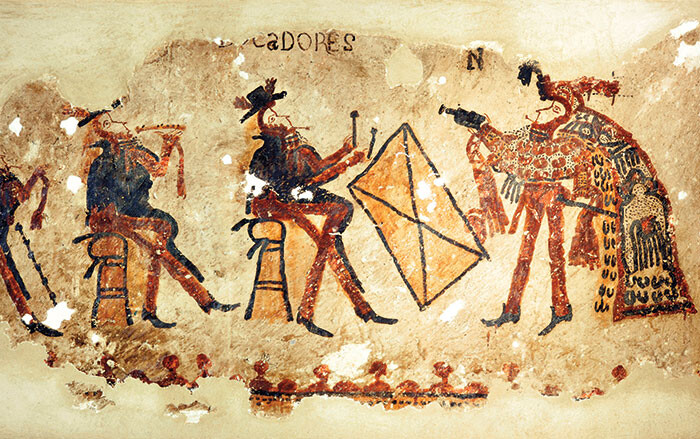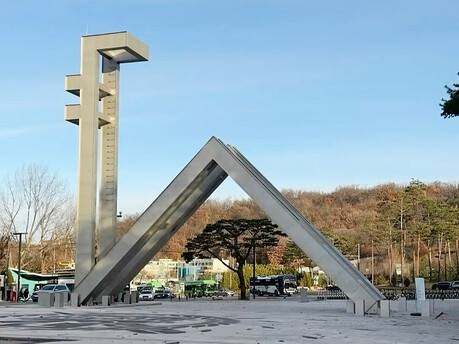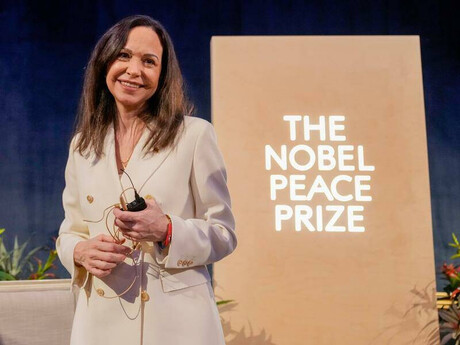
Aswan, Egypt – A joint Egyptian-Italian archaeological mission has unearthed a sprawling necropolis in Aswan, revealing a fascinating glimpse into the social structure and burial practices of ancient Egyptians during the Late Period and Graeco-Roman era. The discovery, announced by Egypt’s Ministry of Tourism and Antiquities in June 2024, has garnered international acclaim, including recognition in a prominent archaeological magazine.
The 25-feddan (acre) site, located in Aswan, contains over 400 tombs holding the remains of thousands of men, women, and children, representing a diverse cross-section of society from the 6th century BC to the 3rd century AD. Led by Patrizia Piacentini, Egyptology professor at the University of Milan, the excavation has revealed a unique multi-level burial system, challenging conventional understanding of ancient Egyptian necropolises.
Unlike typical burial sites, the Aswan necropolis features ten multi-tiered structures, offering a compelling insight into the social hierarchy of the time. The upper levels housed the elite, including the tomb of a prominent Egyptian military commander from the 2nd century BC. Lower levels were utilized for middle-class burials, demonstrating a clear distinction in funerary practices based on social standing.
The wealth of artifacts recovered from the site further illuminates daily life and burial customs of the period. Among the discoveries are small statues, vibrantly painted cartonnage, and layers of plaster and linen used in the mummification process. These findings provide invaluable details about the rituals and beliefs surrounding death and the afterlife.
Mohamed Ismail Khaled, secretary-general of the Supreme Council of Antiquities (SCA), expressed his enthusiasm for the international recognition of the discovery. “This finding not only enriches our understanding of the Aswan region but also underscores its importance as a hub of ancient Egyptian history,” he stated. “It provides valuable insights into that period and even offers clues about prevalent diseases.”
The archaeological magazine lauded the Aswan necropolis as a "remarkable and unconventional" site, emphasizing its significance as a "treasure trove" that deepens our understanding of life in ancient Aswan. The discovery sheds new light on the social and cultural dynamics of the era, offering a unique window into a pivotal period in Egyptian history. The ongoing research at the necropolis promises to reveal even more about this fascinating civilization and its complex societal structure.
[Copyright (c) Global Economic Times. All Rights Reserved.]






























